
Yezdi 500cc Retro Bike, Yezdi Streetfighter 334, And Adventure Rally...
- Mar 19, 2024
- Views : 5601

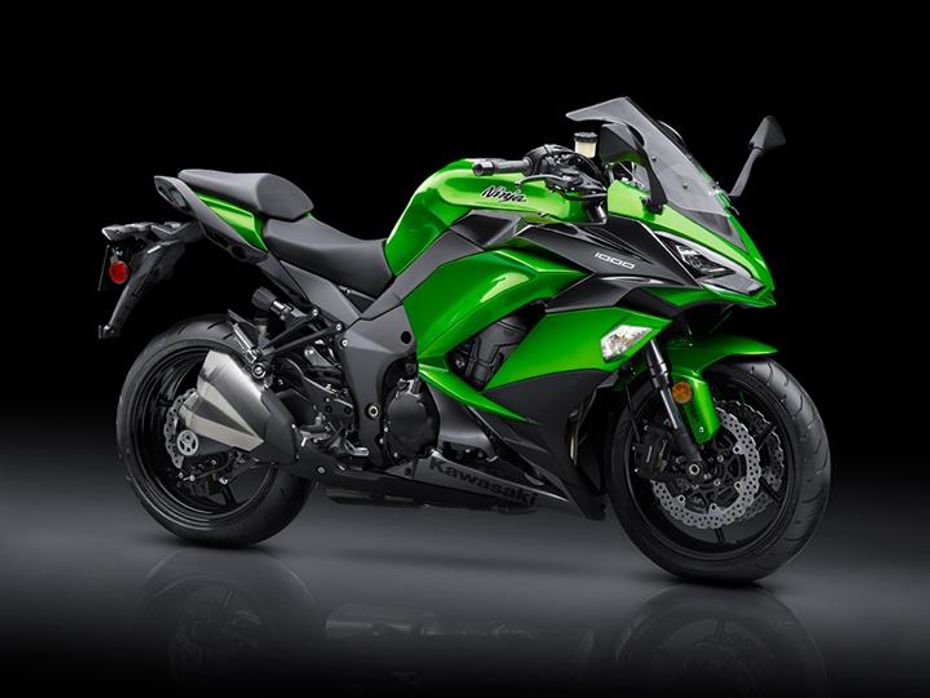
The 2016 Kawasaki Ninja 1000 proved to be a potent sport-touring bike and the 2017 version seems to be a big step forward for the company in terms of offering a feature-packed sports-tourer loaded with technology at a much lesser price tag than before.
We list the top 5 facts about the 2017 Kawasaki Ninja 1000 highlighting the key upgrades that this green monster has received.
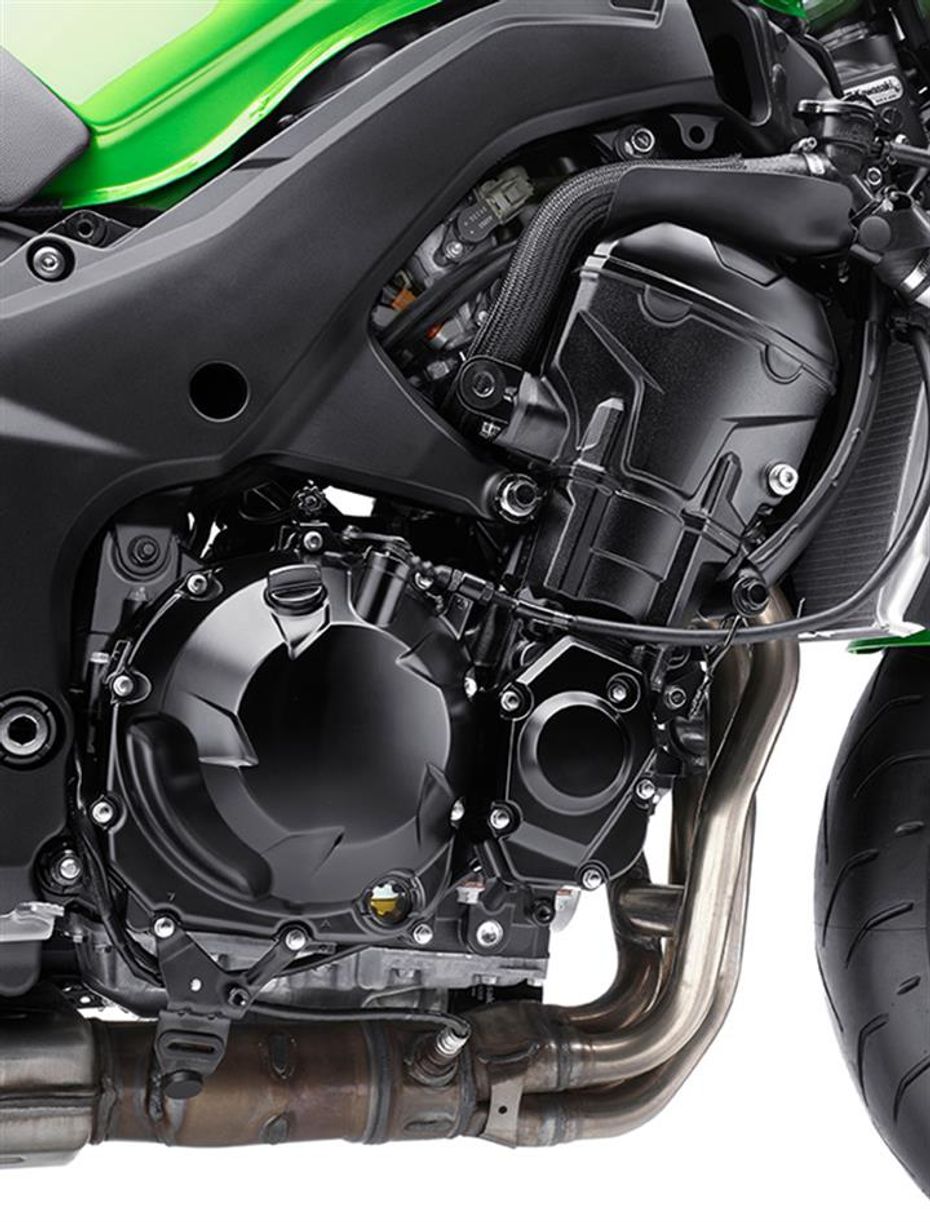
Engine
The new Ninja 1000 gets the same 1043cc, in-line 4-cylinder, liquid-cooled, four-stroke engine that was seen on the 2016 version and also continues to power the Z1000. Kawasaki claims to have made changes to the engine and the ECU to offer a sharper throttle response along with a strong low-end and mid-range grunt. With no revision in the power and torque figures, the 16-valve, DOHC engine continues to churn out 142PS @ 10000rpm, while peak torque of 111Nm kicks in at 7300rpm and is mated to a 6-speed gearbox.
What’s also new for 2017 is the assist and slipper clutch, wherein the clutch uses two types of cams (an assist cam and a slipper cam). The assist clutch function reduces the total clutch spring load, making it extremely smooth and light to operate. The slipper cam comes into play when excessive engine braking occurs due to quick downshifts. This relieves pressure on the clutch plates, reducing the back-torque, preventing the rear tyre from skidding.
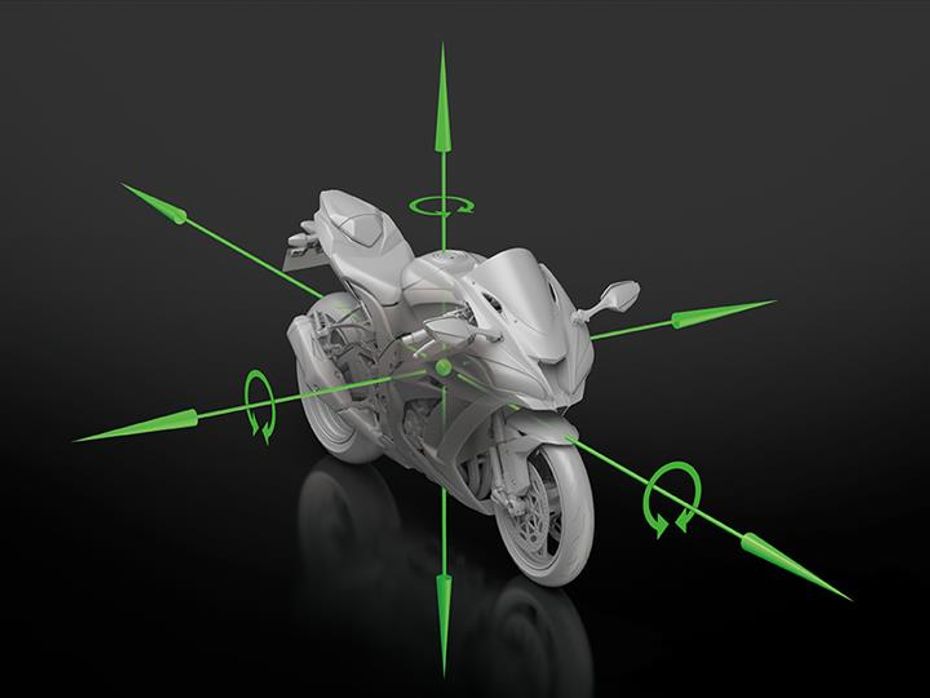
Electronics
The 2017 Kawasaki Ninja 1000 gets some major upgrades in this department. To start with, the newly designed IMU (Inertial Measurement Unit) developed by Bosch helps measure the acceleration along longitudinal, transverse and vertical axes, plus the roll rate and pitch rate are also measured. The yaw rate is simultaneously calculated by the ECU using Kawasaki’s proprietary dynamic modelling software. This system enables predictive and adaptive electronics for accurate chassis orientation.
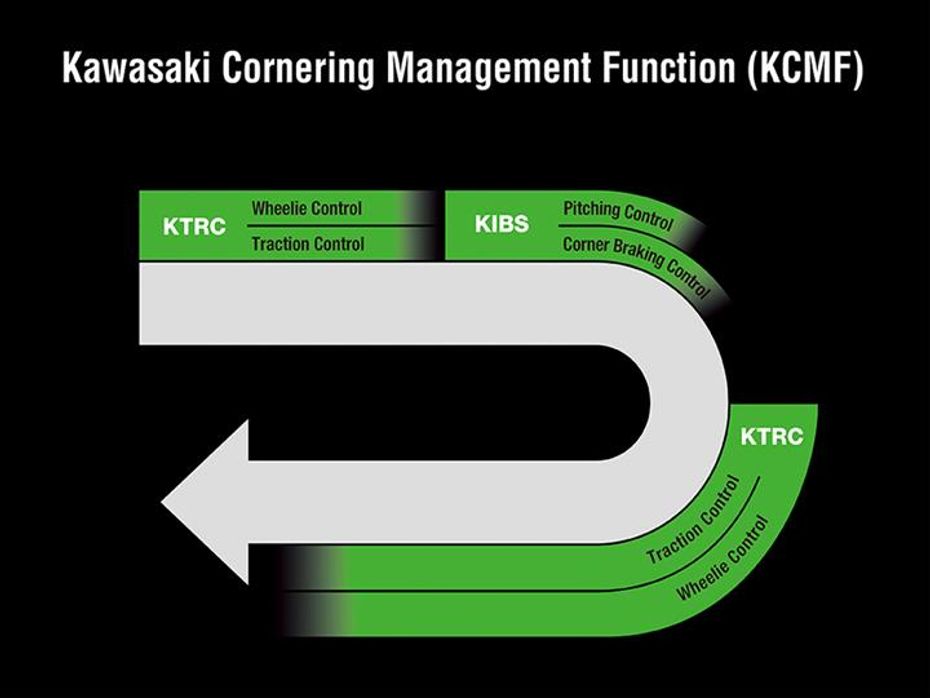
Then you have the Cornering Management Function, which is a result of the input from the new IMU. This monitors the engine and chassis to assist riders in holding their line better through corners. The traction control offered has three levels along with the option of turning it off completely. There’s also a wheelie control that’s embedded into the traction control which prevents the front wheel from losing contact with the ground under hard acceleration.
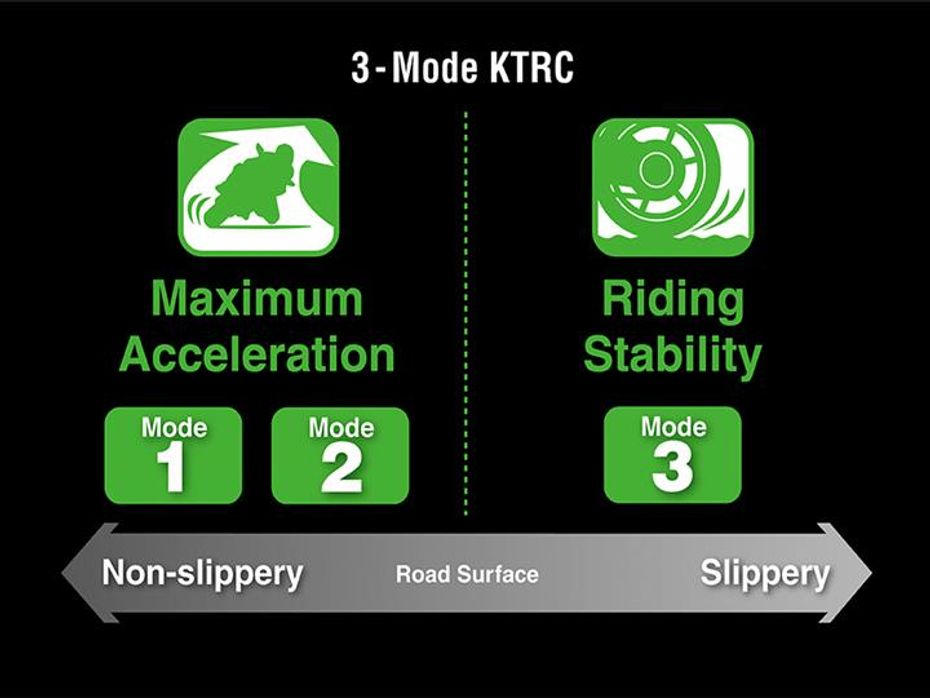
As claimed by the manufacturer, the new Kawasaki Intelligent anti-lock Brake System (KIBS) has been tuned to offer better stopping power in comparison to standard ABS. This, however, remains to be seen as we are yet to get our hands on a test bike.
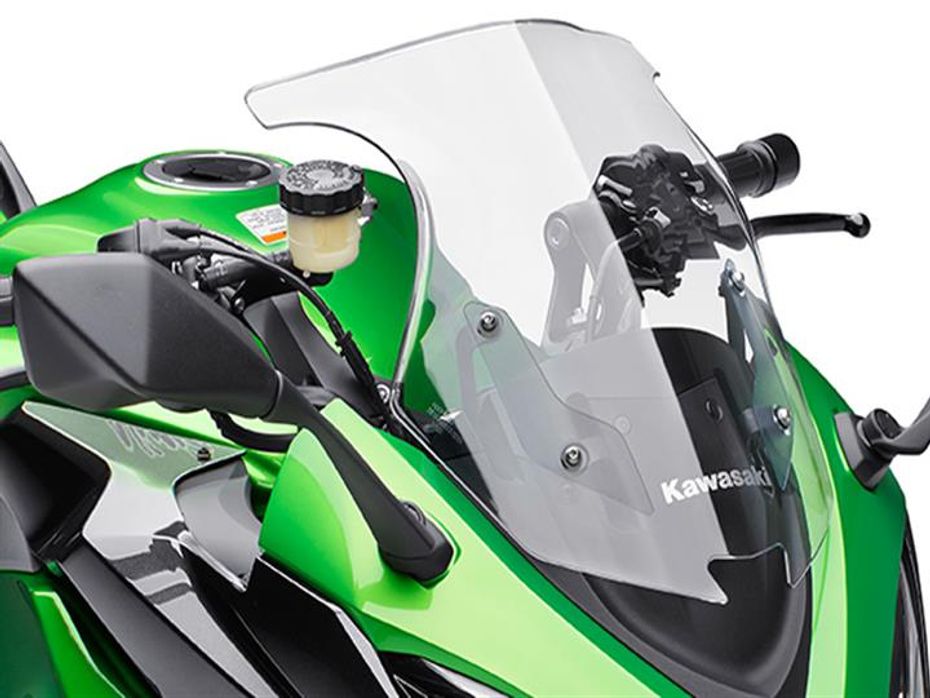
The newly designed 10R-inspired front fairing gets a 3-step manually adjustable windscreen for better aerodynamics. This new fairing also gets a pair of LED headlights, wherein both feature high and low beam lights.
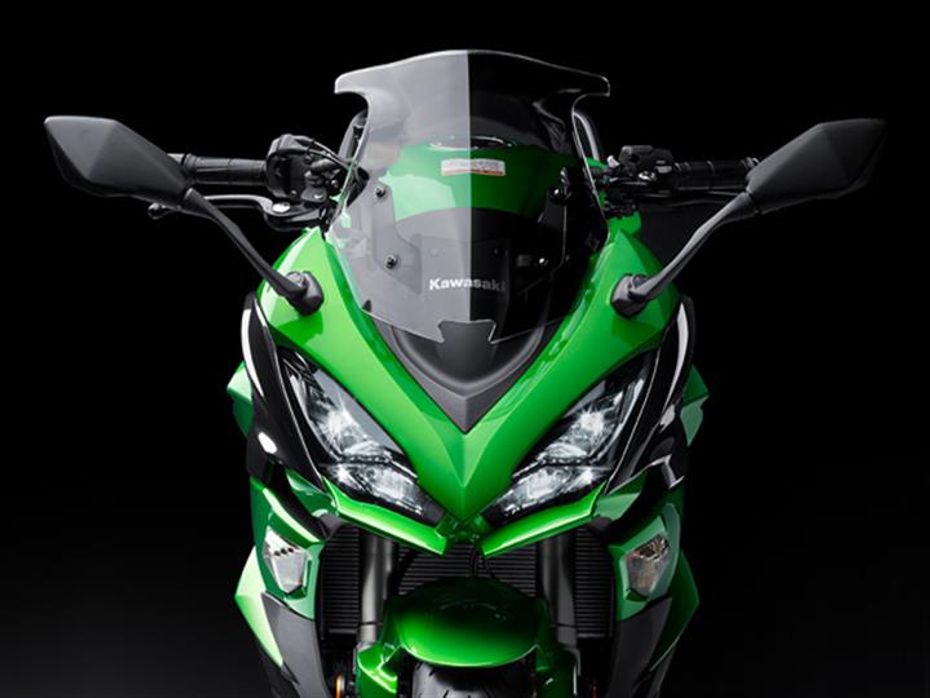
Mechanical Equipment
The new Kawasaki gets the same twin-spar frame as its predecessor. Suspension duties up front are taken care of by the 41mm inverted forks which offer step less compression, adjustable rebound damping and adjustable preload. The rear is managed by a horizontally mounted monoshock with step less rebound damping and remote spring preload adjustment to cater to the rider’s preference and riding conditions.

The motorcycle gets dual semi-floating 300mm petal discs with 4-piston monobloc callipers at the front, whereas the rear features a 250mm single petal disc clamped by a single piston calliper. The 17-inch wheels come wrapped with Bridgestone tyres having dimensions of 120/70 at the front and 180/55 at the rear.
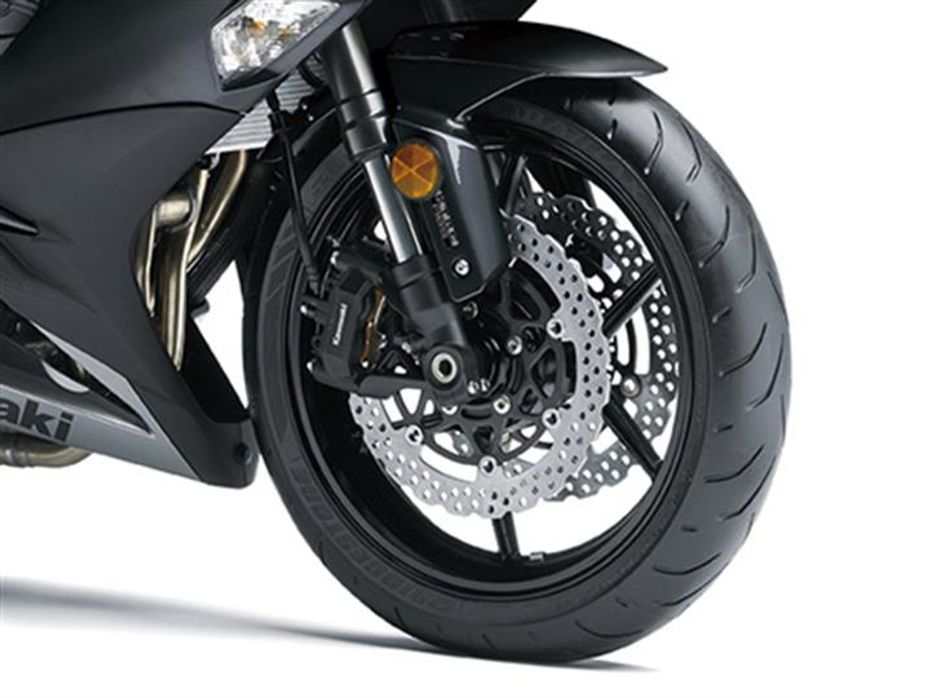
Features
The Ninja 1000 gets an updated instrument console. It has an analog-style tachometer in the middle with spaced out digital speed and gear position readouts. Some of the other information provided, such as the clock, might be a bit of struggle to read, but then again, it depends on your near-vision eyesight. The control settings on the switchgear are ergonomically placed and seem easy to reach.
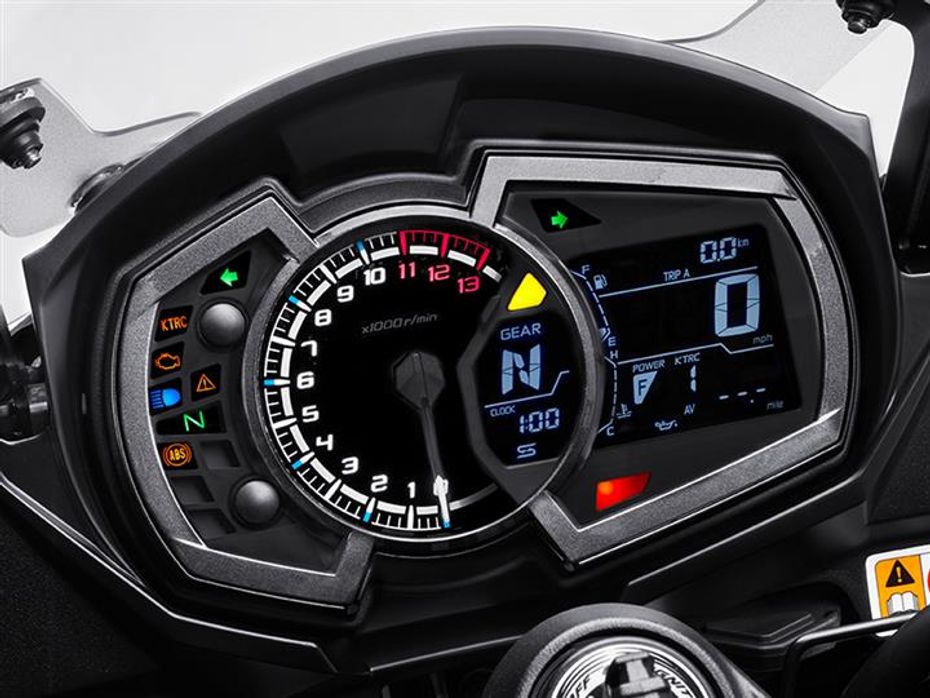
The newly designed fairing gives it a sharper, sportier look and also seems to be wider than the earlier model. The grab rails offered now come with integrated slots for mounting panniers, which was much needed on the earlier model, considering it’s a sports-tourer. The bike also carries forward many of the old design highlights, like the tank extensions, alloys and the exhaust cans on either side. Overall, the bike looks sharper and more pleasing to the eye.
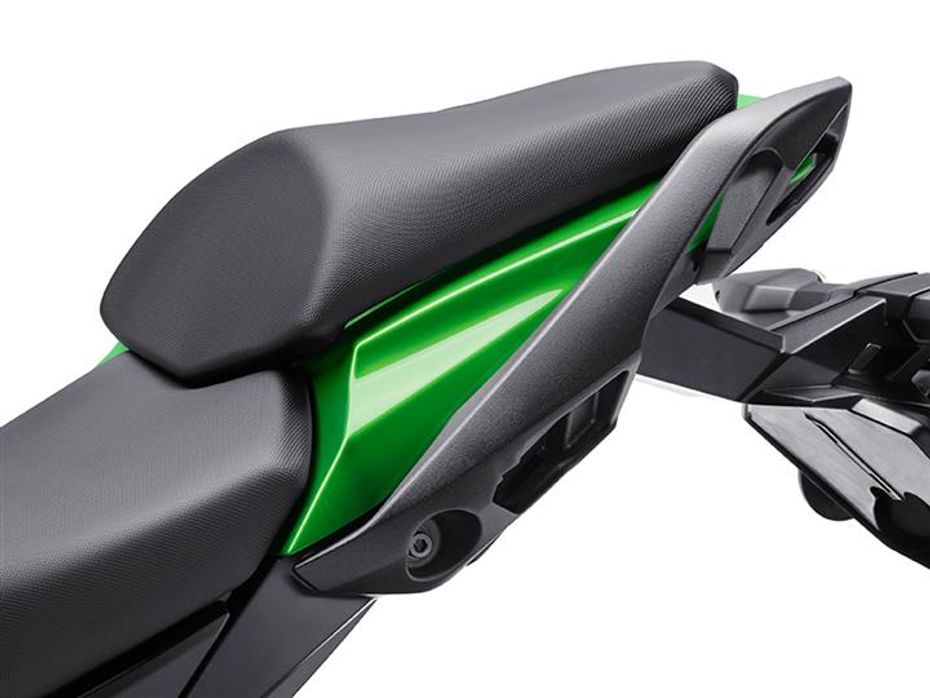
Price & Rivals
With only 20 units on sale currently, the 2017 Kawasaki Ninja 1000 is available in India as an SKD (Semi Knocked Down) unit. Offered in two colours – Black and Green, the Ninja 1000 is priced at Rs 9,98,000 across all 9 Kawasaki dealerships in India and currently stands strong with no competition in the market in the sports-touring segment.
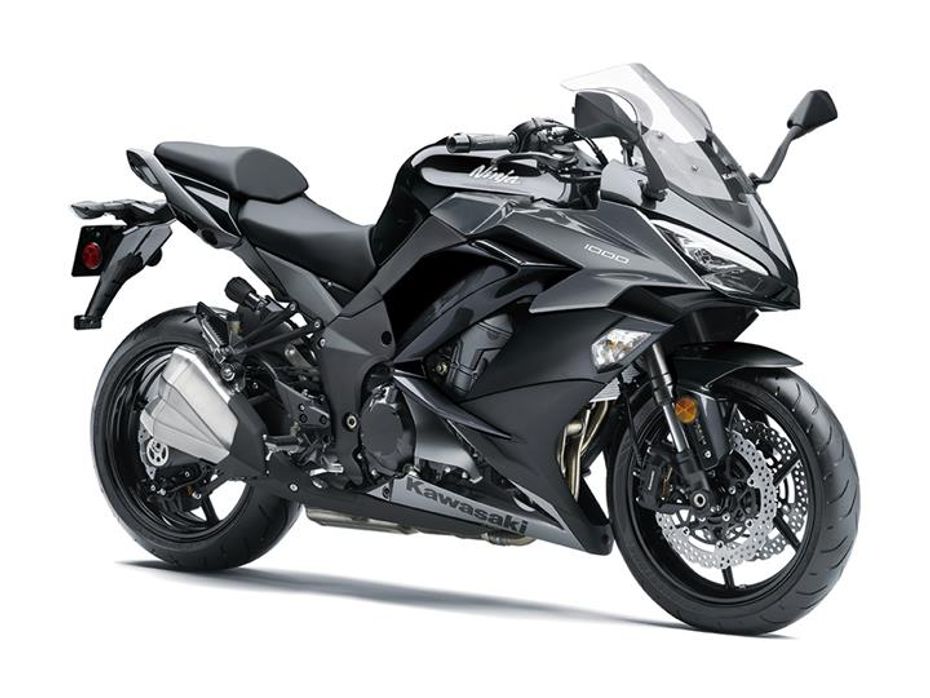

Yezdi 500cc Retro Bike, Yezdi Streetfighter 334, And Adventure Rally...

Ather Rizta’s Underseat Storage Revealed In New Teaser

Ather Rizta Launch On April 6: From Expected Price To Range...

Ather Rizta vs Ola S1 Air vs Bajaj Chetak vs TVS iQube :...

EXCLUSIVE: 2024 Bajaj Pulsar 150 Launched, Know Onroad Price, New...

Bajaj CNG Bike Spotted Testing Again: Headlight, And Other Details...

BREAKING: Ather Rizta Pre-Bookings Begin

Weekly Bike News Wrap-up: Bajaj Pulsar N125 And N250 Spied, Ather...

Ather Rizta Launch Tomorrow: Know Expected Price, Range, Features And...
India's largest automotive community